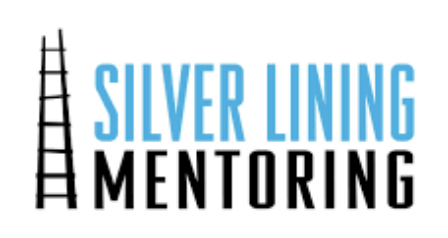Social Impact Internships: Jade Hawkesworth (’25)

Bridging the Digital Divide: Empowering Foster Youth Through Technology
My name is Jade Hawkesworth, and I’m a senior at MIT majoring in Finance with a strong interest in law. Originally from Long Island, NY, I’ve always been drawn to work that addresses systemic inequalities and creates opportunities for underserved communities. This passion led me to participate in the MIT PKG Center’s Social Impact Internship program for the second time. Previously, I interned with the Majira Project, an organization that supports small Black and Brown businesses, where I gained valuable insights into the challenges faced by marginalized entrepreneurs. This summer, I had the privilege of working with Silver Lining Mentoring (SLM), an organization dedicated to empowering youth aging out of foster care through mentorship and life skills development. My internship focused on addressing a critical social issue: the digital divide—a growing gap in access to technology that disproportionately affects foster youth.
The Digital Divide and Foster Youth: A Growing Challenge
The digital divide is more than just a lack of access to technology; it’s a barrier to opportunity. For foster youth, who already face systemic challenges such as housing instability, financial insecurity, and limited social support, the inability to access digital tools can exacerbate existing inequalities. During my research, I learned that 80% of foster youth do not have consistent access to the internet or a computer, compared to just 10% of their peers. This disparity has profound implications for their education, employment prospects, and social connections. Without access to technology, foster youth struggle to complete school assignments, apply for jobs, or even stay connected with mentors and support networks.
SLM’s e-mentoring program aims to address this gap by providing foster youth with access to mentors who can help them navigate life’s challenges and achieve their goals. However, the success of this program hinges on ensuring that participants have the necessary digital tools and skills. My role has been to research and propose strategies for bridging this digital divide, ensuring that foster youth can fully participate in the program and reap its benefits.
How SLM and My Work Contribute to Addressing the Issue
SLM’s mission is to empower foster youth through long-term mentorship and life skills development. The e-mentoring program is a natural extension of this mission, leveraging technology to reach more young people and provide them with consistent support. My work has focused on identifying resources—both public and private—that can help foster youth access digital devices, internet services, and digital literacy training. By compiling a comprehensive list of available programs and proposing strategies for integrating these resources into SLM’s e-mentoring initiative, I hope to contribute to a more equitable digital landscape for foster youth. One of the key insights from my research is that access to technology is not just about providing devices or internet connections; it’s about creating sustainable systems that empower youth to independently navigate the digital world. This means not only identifying funding sources for devices and internet access but also ensuring that foster youth have the skills and support they need to use technology effectively and safely.
What I’ve Learned About the Issue
Through my internship, I’ve gained a deeper understanding of the multifaceted nature of the digital divide. It’s not just a matter of infrastructure or affordability; it’s also about digital literacy, social support, and systemic barriers. Foster youth often face unique challenges, such as frequent relocations, caregiver restrictions, and a lack of guidance on how to use technology safely. These barriers can make it difficult for them to maintain consistent access to digital tools, even when resources are available.
I’ve also learned that community partnerships and tailored interventions are crucial for addressing these challenges. For example, SLM’s collaboration with local organizations and its focus on providing in-home support for digital literacy training have shown promise in helping foster youth overcome barriers to technology access. Additionally, I’ve seen how important it is to involve foster youth in the decision making process, ensuring that programs are designed with their needs and experiences in mind.
Moving Forward
As I conclude my internship, I’m struck by the importance of addressing the digital divide as a critical step toward achieving equity for foster youth. Technology is no longer a luxury—it’s a necessity for education, employment, and social connection. By ensuring that foster youth have access to digital tools and the skills to use them, we can help level the playing field and provide them with the opportunities they deserve.
My work at SLM has reinforced my belief in the power of mentorship and community support to drive meaningful change. While the challenges are significant, I’m inspired by the resilience of the foster youth I’ve learned about and the dedication of organizations like SLM that are working tirelessly to support them. As we move forward, I hope that more attention and resources will be directed toward bridging the digital divide, ensuring that all young people—regardless of their background—have the tools they need to thrive in a digital world.
Tags: Social Impact Internships, Social Impact Internships 2025, Tech for Good
